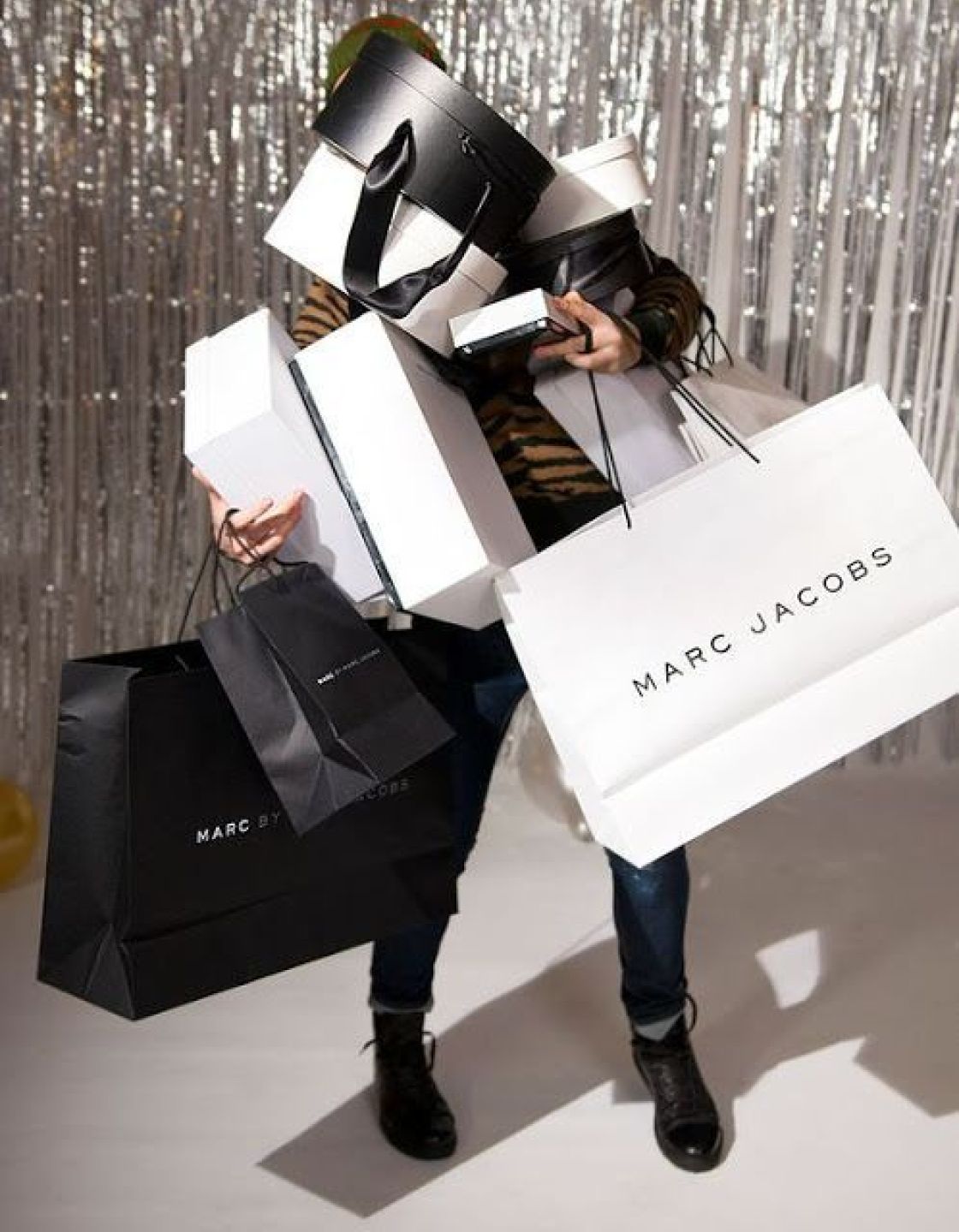Why luxury brands need Amazon in their retail strategy
Characterised by their unique and bespoke in-store experiences, high-end retailers have historically kept their brands off marketplaces considered to be the antithesis of what it means to be luxury.
A platform built primarily on competitive pricing, choice and vast delivery structures, Amazon’s model has traditionally been perceived as the home of bargains for lower-end retailers: one that is largely incompatible with the luxury experience.
Yet, in recent years Amazon has evolved to become so much more than your one-stop-shop for bargains. Most notably, Amazon has grown to cater for a wider range of brand experiences and has focused its efforts on providing more engaging content options.
For example, recent developments in their A+ Premium content, Brand Stores and Posts, make it easier for brands to stand out on the platform and magnify their values and products with rich visual media creatives. These new formats are designed not only to show customers how to use your products, but also to encourage them to browse and discover your brand story.
Most recently, Amazon has announced that it will be launching Amazon Fashion Luxury Stores in five countries in Europe: Germany, France, UK, Italy and Spain. Initially launching with eight brands only, however, planning to add more in the future.
Following this news, we reflect on the opportunities for luxury brands on Amazon and why they should consider this platform as part of their retail strategy.
Amazon Is Here To Stay
Offline spending has dropped dramatically and according to Kantar, this is a permanent trend as 33% of shoppers will continue to shop online. This shift extends to the luxury sector as consultancy firm McKinsey predicts that a fifth of luxury retail sales will take place online by 2025, totaling €74 billion. That’s more than triple the €20 billion in 2016.
In addition to this steep rise in online sales, a 2020 survey from Adobe found that shoppers are four times more likely to visit a marketplace such as Amazon than a retailer’s own app or Web site. This nugget of insight reiterates Amazon’s top-spot in this space and its desirability for brands who want to capitalise on this change in shopping habits.
There are several reasons driving this behaviour. Whereas purchasing on a retailer's own site usually takes time and requires several stages before checkout, buying on Amazon is quick, easy and convenient. Crucial information is stored on the shoppers account making checkout a smooth and seamless journey of just a few clicks.
Secondly, prime membership is a powerful tool which encourages repeat purchases due to the psychological lock-in effect it fosters. Customers can order on Amazon and receive their items within one day compared to waiting an average of three-to-four business days with other retailers. Finally, Amazon is a trusted platform that is increasingly attracting a number of large brands and businesses and customers are at ease when spending their money.
Namely, if luxury retailers want a slice of the growing eCommerce market, sprucing up their online stores on marketplaces and freshening up their digital offerings is vital to cashing in on the growing demand. Amazon boasts an enormous customer base and remains an incredibly popular platform, and with its newly launched luxury fashion arm, there is a huge opportunity for an additional sales funnel for many luxury brands.
Reframe Amazon and take control of your brand
Amazon is a way to buy as much as it is a total customer experience. For example, when a customer purchases from Louis Vuitton or Balenciaga, the brand is not delivering the item. It is a delivery service company like Fed Ex, DHL or Royal Mail. By the same token, Amazon provides a logistical and shipping solution for luxury brands as much as an additional sales platform. By choosing the right model for luxury -fuel by merchant- you control the experience of getting the product to your customer.
In conjunction with logistical considerations, Amazon is an ever-evolving platform and businesses have many new functions at their disposal. Brands can now create Amazon shop fronts with the look and feel that customers would expect from a luxury brand, helping to reduce disconnects between a retailer’s website, social media, apps or even advertising, and the Amazon experience. The brand store on Amazon is there for you to build your shopfront and properly represent your brand, keeping it within its luxury parameters.
What’s more, although your luxury brand may not yet be on Amazon, third party sellers have lept on the opportunity and many high-end brands are already being sold in this space. This spells bad news for the polished luxury image. Without control over their brand, luxury retailers are allowing third party sellers to represent them and drive the narrative without having any input in what this looks like. In reality, what this looks like is far removed from the luxury experience associated with these labels.
It is common to see luxury products listed on amazon with unoptimised pages, poor content, little to no copy and no A+ content or brand stores. Stock levels are often low or completely depleted and review strategies are not being implemented. Additionally, brands do not have control over pricing, inventory or product selection.
With so many people increasingly browsing the Amazon catalogue, more and more luxury products are being searched for and sold on the platform, and high-end retailers must consider the benefits for their businesses in addition to sales and revenue. Rather than hoping for this behaviour to eventually change and the trend to reverse, including Amazon in your retail strategy will allow you to control your brand’s presence and reputation in a place where it will inevitably be seen and sold.
If luxury retailers were to include Amazon in their retail strategy, they could reverse the poor practices that are currently being implemented and make their products more desirable for those in the discovery phase.
Use Amazon to Enhance Other Channels
Amazon is the world’s largest search engine and its advantages stretch beyond logistics, advertising and sales. Brands can influence both in-store and off-platform success by capitalising on the fact that Amazon is also widely used as a product research platform in the discovery and consideration phases prior to purchase.
It is likely that whilst browsing in store or on your D-2-C site customers are researching your products on Amazon. With this in mind, luxury brands can capitalise on this behaviour by understanding how their presence may be impacting purchase decisions in other channels.
To ensure that your brand is a part of this process, you must be present and fully optimised on the platform. Your content, pricing and reviews need to be accurate and attractive as well as reflective of your brand in order to assist the customer throughout the entire shopping journey from research to purchase.
As such, your Amazon presence does not negate the role of the in-store experience or of your D-2-C site. Instead, it needs to be viewed as part of and integrated into your wider retail strategy that covers the entire digital landscape from social and D-2-C, to apps and influencers.
To conclude, your luxury brand is already on Amazon. Except, you aren’t in control. In order to become competitive within the e-commerce landscape, luxury brands must reframe what Amazon is and expand their understanding of the types of brands that they believe belong on the platform. Now that Amazon is making real improvements to its luxury offering, going on platform will inevitably broaden the reach of your luxury brand.



